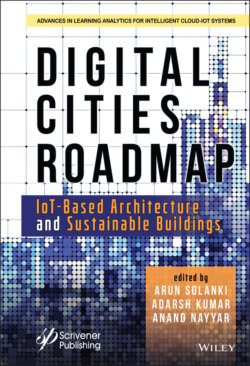Читать книгу Digital Cities Roadmap - Группа авторов - Страница 35
Third Dilemma
ОглавлениеVarious owners and stakeholders—with differing goals, interests and purpose—will simultaneously support resilience in the creation of a disaster-resilient society. Some research has been conducted on quantifying resiliency in network environments, such as road networks, electricity grids, delivery structures and the like. For a variety of factors, such networks are radically different from the group of buildings in a city [23, 24].
First, the network device properties are usually either held by an individual alone or by a group of several broad interdependent shareholders. The highways in one state, for example, are the responsibility of the State Transport Department, with a few exceptions.
Second, the architecture of such networks is often selfregulated such that the implementation committees for which even such owners are allowed to vote follow the design specifications of such facilities.
As a consequence of the first two points mentioned above, these owners are willing to step ahead and develop goals for their infrastructural durability. State Transport Ministers, for instance, took the initiative to define vital routes for the network to function during an earthquake which is usually referred to as roads and bridges on lifelines.
Figure 1.16Building damage by earthquake [55].
As seen in Figure 1.16, the building with a low-rise stage may have done well alone during the earthquakes but it was nevertheless demolished by the brick shower triggered by the out-of-plan collapse of an unreinforced maçonery wall in the neighboring house. Many well-performing buildings after the earthquake in Christchurch were still unavailable (and thus without functionality) because the owners were refused after the earthquake in the Christchurch Business District. For these reasons, genuinely resilient communities may be at risk for several decades.
